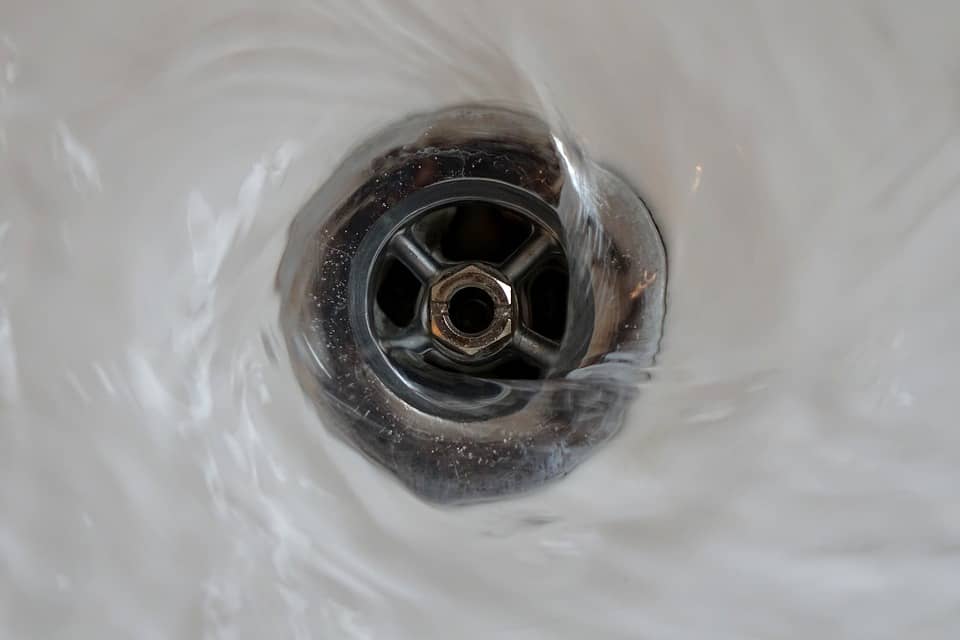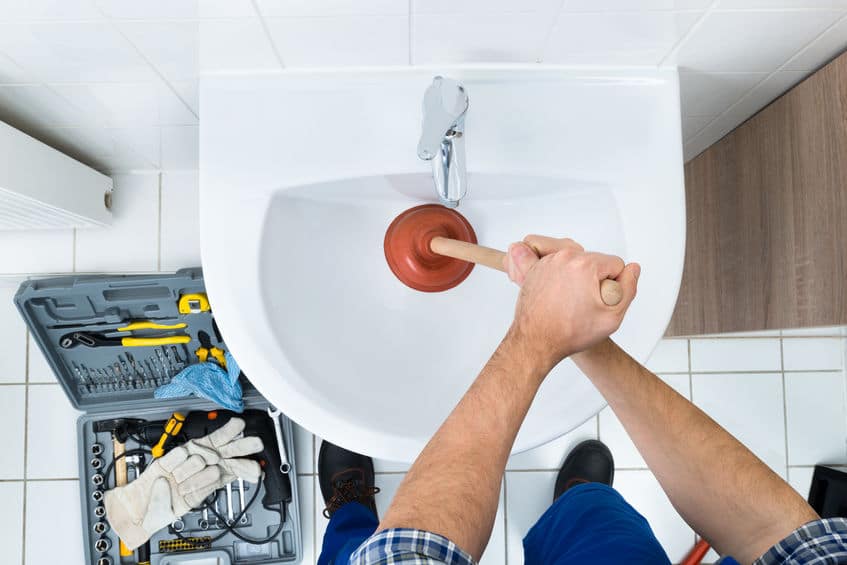What are your opinions about Tips for Dealing with Clogged Drains and Sewer Lines?

Introduction
Taking care of an obstructed drain can be an irritating experience, disrupting day-to-day activities and possibly creating damages to your property. Nevertheless, before reaching out to pipes professionals, there are actions you can take to attend to the concern on your own. In this overview, we'll explore DIY remedies and safety nets to deal with a blocked drain effectively.
Identifying the Concern
The very first step in attending to an obstructed drainpipe is acknowledging the indications. Slow-moving water drainage, gurgling audios, foul odors rising from drains pipes, or water backing up are common indicators of an obstructed drain. Determining these signs early can aid protect against additionally problems.
Common Causes of Obstructed Drainpipes
Comprehending the factors that contribute to drain clogs is crucial for effective resolution. Common offenders consist of hair, soap scum, grease, food debris, and international objects like sanitary products or paper towels. Tree origins attacking underground pipelines can also trigger substantial obstructions.
Do it yourself Solutions
For small clogs, several do it yourself services can be reliable. Pouring boiling thin down the drain can assist liquify oil and debris. Baking soda and vinegar or a blend of salt and cooking soda can work as natural cleansers. Using a plunger or pipes snake to remove blockages is one more alternative.
Devices and Tools
Having the right tools accessible can make do it yourself drain cleaning up more effective. A plunger is a functional tool for getting rid of obstructions in sinks, commodes, and showers. A pipes serpent or auger can reach deeper obstructions, while drainpipe cleaning chemicals can be utilized very carefully for persistent blockages.
Safety nets
To prevent future clogs, taking on preventive measures is critical. Mount drain guards or strainers to catch hair and debris before they enter the pipes. Regularly flush drains pipes with hot water to liquify oil build-up, and stay clear of throwing away oil or strong waste down the tubes.
When to Call a Professional
While DIY solutions can fix minor clogs, certain indications suggest the demand for expert assistance. Persistent blockages, foul odors in spite of cleaning efforts, or numerous drains backing up concurrently are red flags that necessitate experienced treatment.
Choosing the Right Pipes Service
When selecting a pipes solution, consider factors such as experience, licensing, and consumer reviews. Select a trusted plumbing with a track record of quality craftsmanship and clear pricing practices.
Expense Factors to consider
The price of specialist drain cleaning company can vary depending on the severity of the blockage and the plumbing technician's rates. Request quotes from multiple carriers and inquire about any kind of service charges to ensure transparency and avoid surprises.
Safety and security Precautions
When trying do it yourself drainpipe cleansing, prioritize safety and security. Put on safety gloves and glasses to stay clear of contact with harmful chemicals or germs. Never mix different drainpipe cleaning products, as this can create hazardous fumes.
Case Researches
Real-life instances show the performance of DIY options and the significance of timely expert intervention in solving drain obstructions.
Conclusion
By complying with the tips described in this overview, you can efficiently deal with blocked drains pipes and avoid future pipes problems. Whether opting for DIY services or seeking expert assistance, punctual activity is key to preserving a healthy and balanced pipes system and preserving the stability of your home.
How to Clear a Clogged Drain Yourself (And When to Call In the Professionals)
What Can Clog a Drain
Dirt Skin flakes Hair Grease Soap scum Food Offset pipes Tree roots Small objects Mineral buildup DIY Tricks to Unclog a Drain
You can fix this! Once you have identified the source of the clog (or have a vague idea), you can try one or a combination of these fixes in order to clear your plumbing.
Wire Hanger or Snake
Untangle and clear out hair from a drainpipe with a homemade snake. Use a straightened-out wire hanger with a 90-degree angle hook to locate the clog and drag out any unwanted material.
Remember not to push the clog further down to where the wire hanger cannot reach! If you need to follow up with a plunger, give it a try. Your efforts might be more successful after it’s been wire-snaked.
If you want to get fancy and don’t have a wire hanger to spare, head to the store and pick up a hand-operated drain snake. You can get one for $10-$30. It may save you the hassle, and provide additional length to reach deep into the clogged pipe.
Plunger
A cup plunger has a suction cup attached to a wooden handle. The rubber creates a seal around the drain, and increases the pressure force of the plunger.
Plunge for 30-second increments to loosen the clog. This may need to be repeated over the course of 15-20 minutes. Once plunged, run the water to flush the remaining material out of the drain.
Remember– never use a plunger if you have used a chemical drain cleaner. These chemicals can splash up from the force of the plunger and cause serious injury or burns.
Boiling Water
Hot water can sometimes break up materials into a flushable amount. Dirt, grease, and soap buildup requires heat in order to unstick from surfaces.
Take your kitchen kettle and heat your water to a boil. Once it reaches a rolling boil, pour it directly down the drain into the blockage. Carefully follow with plunging, if necessary.
Don’t worry if this takes more than one try! It can often take multiple kettles and repeated plunging in order to clear a particularly stubborn clog.
Chemical Drain Cleaner
As a last resort, pick up a bottle of chemical drain cleaner. Drain-cleaning chemicals are potent, and not very good for the environment.
You may need to wear protective eyewear in gloves before handling your bottle of chemical drain cleaner. Follow the instructions printed on the bottle, and flush with water as soon as the instructions allow. Do not follow with plunging.
Baking Soda and Vinegar
As a safer alternative to chemical drain cleaner, baking soda and vinegar can create a chemical reaction that clears tough clogs.
Combine one cup of cleaning vinegar with one cup of boiling water, and set aside. Once you have done this, pour half a cup of baking soda down the drain. Give the baking thirty seconds to settle and cover a large portion of the problem drain.
Following the baking soda, pour down your vinegar and hot water solution. Once the vinegar and baking soda combine, the mixture will bubble and fix. Let this reaction fizzle in the drain for about an hour.
After an hour, follow with a kettle’s worth of hot water. The heat and liquid should flush out any remaining material.
When to Call a Plumber
If your DIY attempts haven’t cleared your clog drain, it’s time to call in a professional. It’s not worth losing access to your kitchen sink or high-traffic bathroom. A clog in a vital area can keep you from the things you’d rather be doing, and derail your routine.
Anytime a clog is causing water to spread is a time to call in a plumbing service. What starts out as a little bit of water can quickly grow into serious, expensive water damage.
Additionally, a serious clog can result in burst pipes or serious leaks. Make sure you know when to take it seriously!
https://myguysnow.com/how-to-clear-a-clogged-drain-yourself-and-when-to-call-in-the-professionals/

Hopefully you enjoyed reading our section about 8 Tips For Clearing A Blocked Drain. Thanks a ton for finding the time to read our content. In case you enjoyed reading our blog posting kindly do not forget to pass it around. Thank you so much for your time spent reading it.
Book